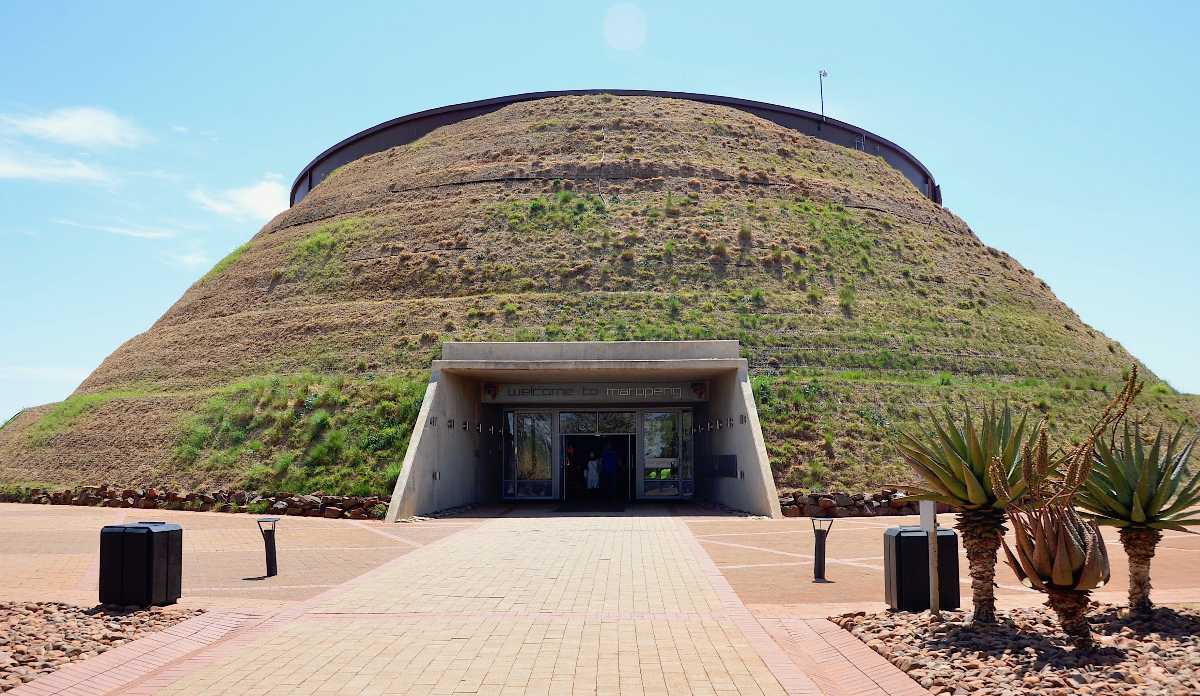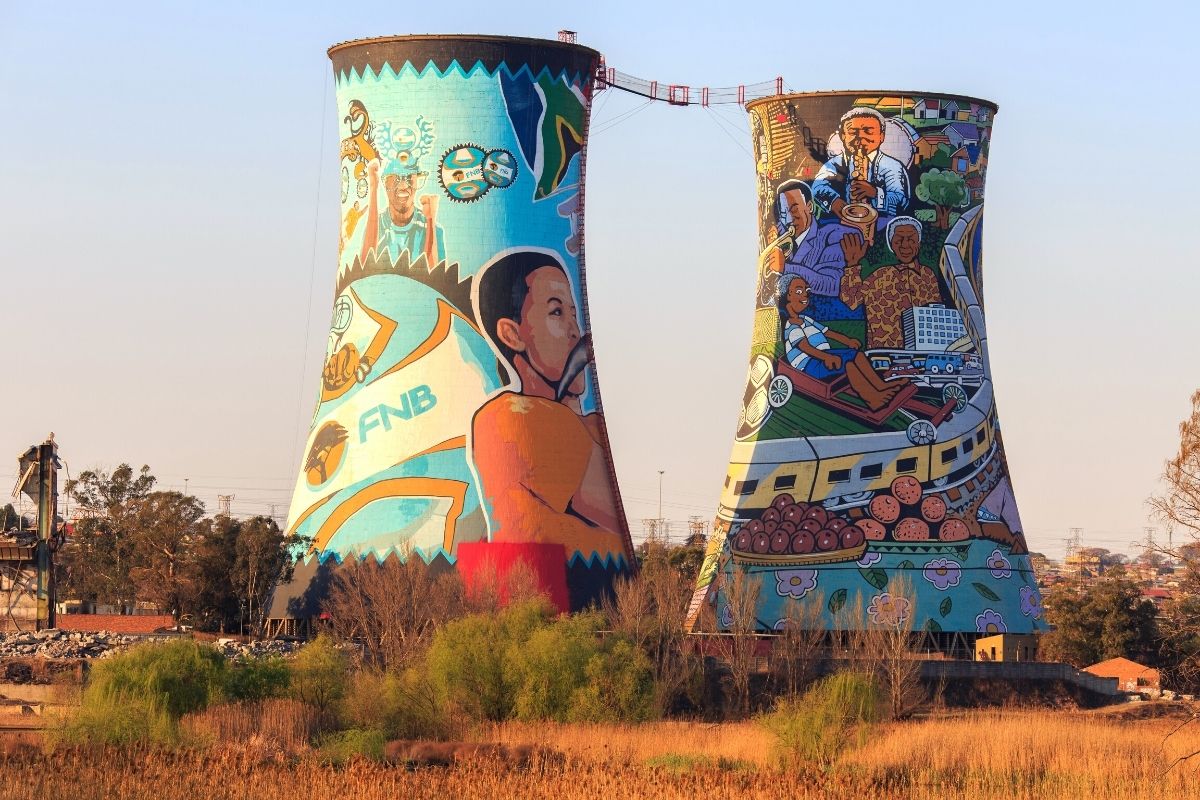Johannesburg North Attractions - Truths
Johannesburg North Attractions - Truths
Blog Article
An Unbiased View of Johannesburg North Attractions
Table of ContentsGetting The Johannesburg North Attractions To WorkJohannesburg North Attractions - QuestionsExamine This Report about Johannesburg North AttractionsSome Known Details About Johannesburg North Attractions The Basic Principles Of Johannesburg North Attractions The Main Principles Of Johannesburg North Attractions Getting The Johannesburg North Attractions To Work
However you need to maintain safety in mind and tourists need to remain sharp in any way times when in unknown surroundings. Talk with the residents when you are in community to find out regarding the location you are remaining in. Johannesburg North attractions. When on the road (this doesn't apply to shopping center and various other safe environments) ideal general suggestions is to try your ideal to resemble a local and to avoid showing any type of kind of wealth
Fascination About Johannesburg North Attractions
Professor Revil Mason O. J. (Thomson, 1946) discovered the Witwatersrand's pre-colonial background. His historical work took off the 'em pty land' myth, according to which the area was lacking human habitation before the arrival of European inhabitants. In his publications Prehistory of the Transvaal: A Document of Human Task (1962) and Beginnings of Black People of Johannesburg and the Southern Western Central Transvaal AD 3501880 (1986 ), Teacher Mason showed the extent of social and economic growth in the location before Europeans set foot below.

3 Easy Facts About Johannesburg North Attractions Shown
In 1878, David Wardrop located gold in quartz veins at Zwartkop, north of Krugersdorp. In 1881, Stephanus Minnaar came throughout gold on the farm Kromdraai, near the Cradle of Mankind.
In March 1886, a protrusion (soon to be called the Main Coral reef) was discovered, rather luckily, on Gerhardus Oosthuizen's farm Langlaagte. Some state that the Lancastrian coal miner George Walker discovered this reef. Another itinerant English prospector, George Harrison (that had actually previously worked in Australian mines) gotten a prospecting licence in respect of Langlaagte in Might 1886.
He made a decision to move on in a pursuit for greener fields, and disposed of his Langlaagte claim for the handsome sum of 10. Alas: beneath lay the wealthiest goldfield ever discovered. The discovery of this abundant auriferous coral reef provoked a gold rush that signified completion of bucolic serenity in the southern Transvaal.
It would certainly, within 6 years, come to be the largest community in southerly Africa. Within a decade, it would certainly make the Z. A. R. up until after that an anarchical and insolvent little state the richest nation in Africa. By the turn of the century, the Z. A. R. was to surpass Russia, Australia and the United States of America to come to be the globe's leading gold manufacturer, creating even more than a quarter of the globe's gold.
Unknown Facts About Johannesburg North Attractions
It was recognized as Ferreira's Camp, named after Colonel Ignatius Ferreira. He was a Boer adventurer upon whom the British authorities had actually presented the status of Friend of one of the most Distinguished Order of St Michael and St George (qualifying him to the post-nominal letters C. M. G.) in thankfulness for his role in the war that had deposed the Pedi king Sekhukhune in 1879.
Soon the camp was bristling with tents and wagons as novices got here daily from everywhere. By September 1886, some 400 people resided in Ferreira's Camp, which quickly flaunted built iron and hardwood buildings. 2 various other camps were established: Meyer's Camp on the farm Doornfontein, and Paarl Camp. The latter was nicknamed Afrikander Camp; lots of people from the Cape Swarm settled there.

Everything about Johannesburg North Attractions
This name gained currency by word of mouth, such that the State Secretary verified the name to the Mining Commissioner on 9 October 1886. Stands in the town were auctioned on 8 December 1886. While some stands were offered for 10, others were knocked down for as little as sixpence.
2 years later on, these erven were to change hands for as long as 750 each. The tented camps diminished as a dorp of corrugated iron buildings established and expanded north of the mines situated along the Main Reef Roadway. Areas such as Jeppe's Community (where working-class immigrants erected their dwellings) and Doornfontein (where the upscale new 'Randlords' why not try here started to create their luxurious residences) were quickly added to the ever-expanding map of the community.
Rumored Buzz on Johannesburg North Attractions
Apart from the street names, there were no signs of Johannesburg being positioned in a Dutch-speaking country., virtually every person spoke English and even the Federal government slaves attended to one in English, unless they were initial attended to in the Taal (or Reduced Dutch)'.
Because of this, Britain had a passion in making certain optimal problems for gold production on the Witwatersrand, which the gold was exported to London instead than Berlin an essential provided all the extra clamant by the Z. A. R - Johannesburg North attractions.'s enhancing toenadering with Germany. Mine owners got on a clash with President Kruger, whose plan of monopolistic giving ins (frequently granted to his cronies) prevented mining companies from procuring supplies of materials (specifically dynamite) and labour by themselves, less costly terms
Excitement About Johannesburg North Attractions
In 1890, the Volksraad had actually limited the franchise to white guys that had lived in the Z. important site A. R. for fourteen years or longer, therefore invalidating the majority of the immigrants (who happened to click for more be the major factors to the fiscus). Anxiety for the vote was a mere pretext for advertising a various schedule; many uitlanders regarded themselves as momentary site visitors and had no intention of remaining in the Z.
Report this page